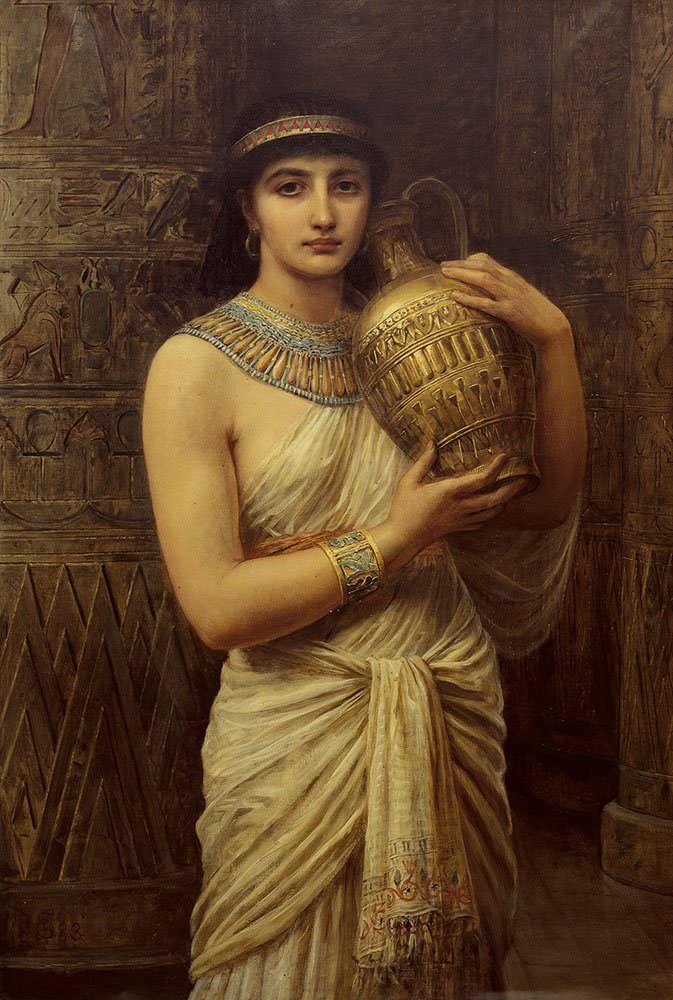Queens & Sirens—Archaeology in 19th century art and design
Never before had the ancient world seemed so close, so alive, so knowable as in the nineteenth century. This was the great age of history writing and of the historical novel, with books being eagerly devoured by the increasingly literate middle and working classes. The nineteenth century was also the great age of archaeology, starting with the exploration of Egypt during the Napoleonic era, and continuing with the astonishing discovery of the Assyrian civilisation in the 1840s, the famous excavations at Troy and Mycenae during the decade of the 1870s and finally the discovery of Knossos on Crete in the 1890s. Nineteenth century artists and designers were not immune to the new vision of antiquity that emerged in the wake of these dramatic discoveries. For archaeological excavations were not simply exciting and topical, they also offered a different way of understanding the past; one which emphasised its humanity and physical reality.
The genesis of Queens and Sirens is Edwin Long's A Babylonian Maid 1883. While the title of the painting referred to a Babylonian female, the decorative elements of her costume, the water vessel that she bears, and the background architecture, are indicative of an Egyptian setting. The hieroglyphs carved into the column behind the figure include a stylised lotus flower, symbolising the sun and creation; the bow-shaped Ankh, a life-giving symbol of air and water; the Sphinx with a double crown, representing the power of the sun god Horus; the vulture, representing female deities associated with the Upper Egyptian town of El-Kab; and the falcons which are the symbol of Horus and the kingship. It is the interest in these with archaeological details that formed the central theme of this exhibition.
Queens & Sirens coincided with an exhibition of ancient Egyptian civilisation, Life and Death under the Pharaohs at the National Wool Museum, Geelong



